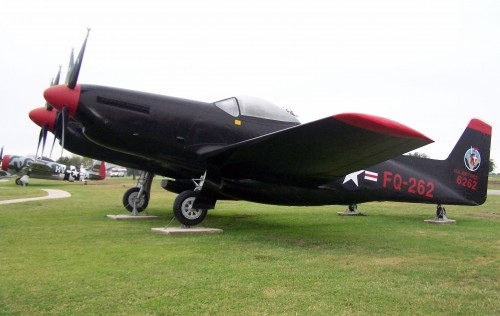(From the archives of the Daily Brief – a meditation on living in the borderlands. Business is suddenly jumping for the Tiny Publishing Bidness, and I suddenly have a lot of editing to do and a short time to do it in. I honestly don’t have anything else to say about the debate last night that the other guyz haven’t already said.)
It’s part of the tourist attraction for San Antonio, besides the Riverwalk and the Alamo. Even though this part of South Texas is still a good few hours drive from the actual physical border between Mexico and the United States, the River City is still closer to it than most of the rest of the continental states. It falls well within that ambiguous and fluid zone where people on both sides of it have shifted back and forth so many times that it would be hard to pin down a consistent attitude about it all. This is a place where a fourth or fifth-generation descendent of German Hill-Country immigrants may speak perfectly colloquial Spanish and collect Diego Riviera paintings…. And the grandson of a semi-literate Mexican handyman who came here in the early 1920ies looking for a bit of a break from the unrest south of the border, may have a doctoral degree and a fine series of fine academic initials after his name. And the fact that the original settlers of Hispanic San Antonio were from the Canary Islands, and all non-Hispanic whites are usually referred to as “Anglos”, no matter what their ethnic origin might be, just adds a certain surreality to the whole place.

